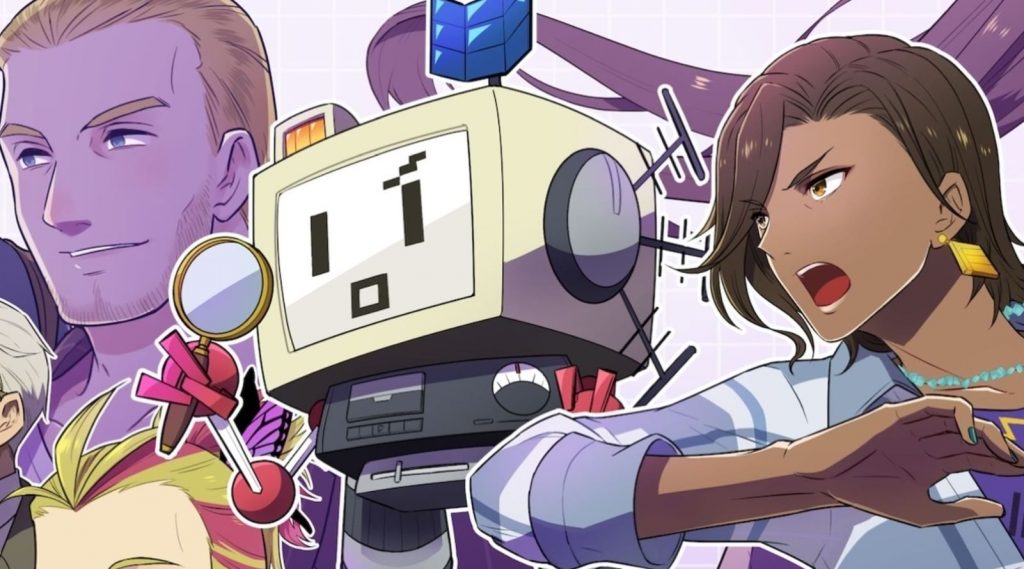
Pretty gay and more: Gayming Magazine’s interview with Murder by Numbers Director, Ed Fear
Murder by Numbers is a 90s-themed detective game that puts you in the role of Honor Mizrahi, an actress on a wildly popular detective show who gets the shock of her life when she discovers her boss has just been brutally murdered.
The only problem is this: she was just fired minutes before and there’s more than a few people who aren’t going to believe that she had nothing to do with this.
I’ll be honest, I’m very excited for Murder by Numbers and what it will bring to the PC and Switch when it releases sometime this year. Honor already looks as though she’s going to be a favourite of mine, and the character design looks fabulous.
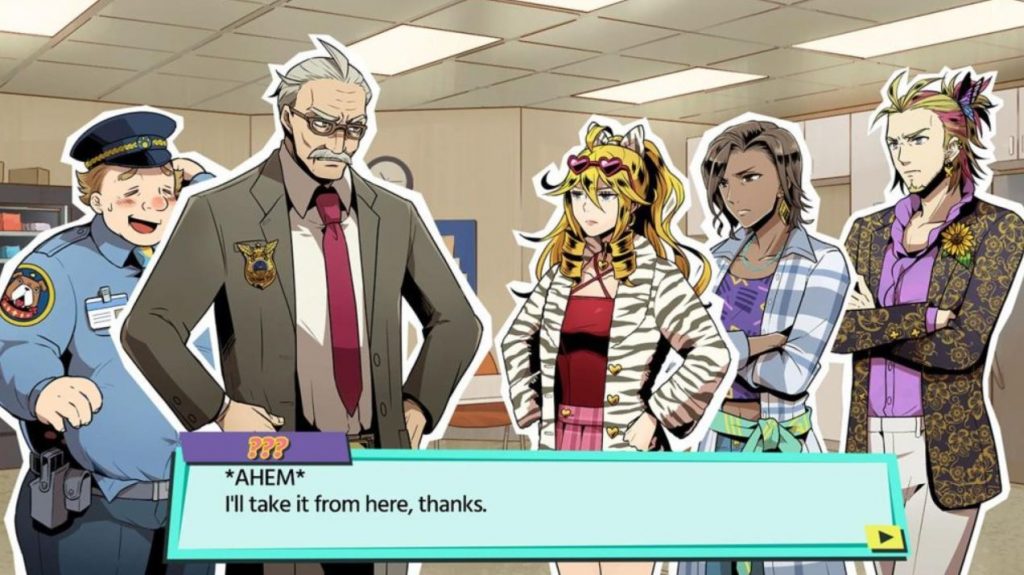
So you can imagine my excitement of getting to speak to the Director of Murder by Numbers, Ed Fear. We talked about what it was like working with Hato Mao, LGBT characters involved within the story, whether Murder by Numbers has multiple endings or not, and how long we can expect the game to be.
So sit back, relax and enjoy.
Alright, first off the bat. Are there any LGBT characters in this game, can you reveal them to us or is the inclusion still very ‘hush hush’?
Indeed there are! We have a gay male character called K.C. who appears throughout the game – he’s the hair and makeup artist for the fictional TV show that the main character Honor stars in.
When I came to designing K.C., I felt that I’d been seeing more positive depictions of femme gay men in media – characters that were unapologetically camp and effeminate – plus what felt like a bit of a reclamation of femme-ness and a pushback against the ‘masc4masc’ trend in the gay community. So I wanted to write a character that embraced that part of himself without shame.
K.C. is, in some ways, the best friend character to Honor – which, yes, is a stereotype, but also one that I strongly identify with. I wanted K.C. and Honor’s relationship to mirror some of the most fun (and most cherished) friendships I’ve had in my life. Whenever I got to write them interacting with each other it felt like a real treat!
Also, the third case in the game is set in a drag club in LA, so we have some fabulous drag queens that appear too. One of them is AFAB (a hyper/faux queen) and inspired by a great performer I saw in London. She’s probably my favourite character in the whole game, but I want people to experience her fresh so I’m going to leave it there!
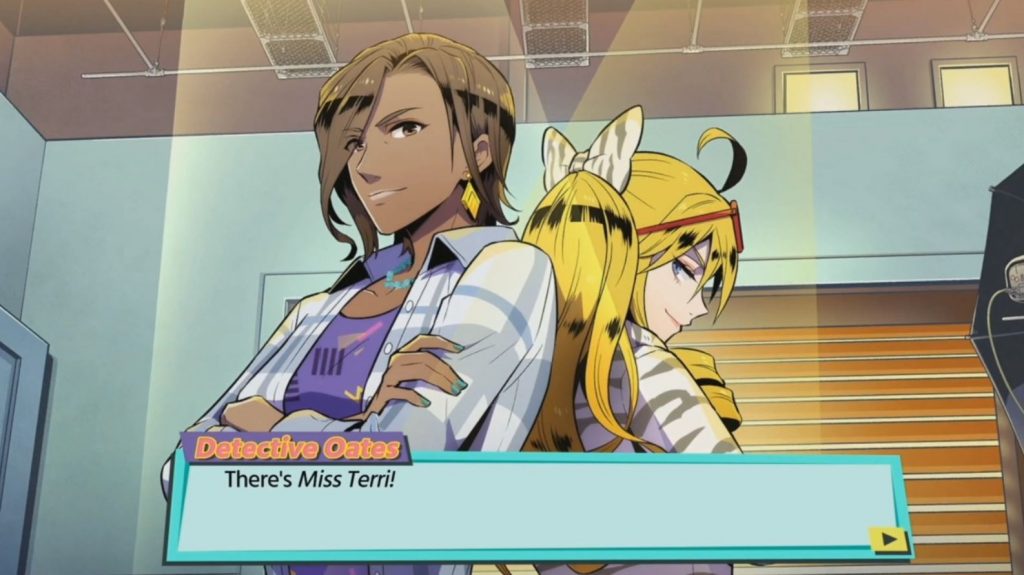
Hato Moa’s character design shines bright in this incredible, diverse cast. How was it to work with Moa-san? And is there a character design that’s your favourite?
Working with Moa is always a dream! We’ve actually worked alongside each other in the past – I helped a bunch on our remake of Hatoful Boyfriend – but this was the first opportunity for us to work on something creatively together, and it was honestly one of the most enjoyable times of my career so far.
It definitely helps that Moa and I have very similar tastes in a lot of things – we’re both JRPG fanatics and game music nerds! Actually, the reason why the third case is set in the drag club is because both of us are big fans of RuPaul’s Drag Race, so it felt like I couldn’t pass up this opportunity!
The actual process of creating the characters was always really quick – Moa and Damurushi, her colleague who also designed a bunch of the characters, would always get it pretty much right the first time. I think they definitely had to do a bunch of research to understand what 90s fashion was like in the west, though. I was originally slightly concerned that, because I knew them for fantasy characters, they might find it difficult to adapt to realistic characters from a particular time period… but they got it straight away!
Honestly, going back and forth on ideas for character fashion was so much fun. I want to do it again! Can we make a sequel, please? *prays to the gay gods*
How long is the game?
The game is split into four individual cases, which are tied together with an overarching story. Depending on your expertise with pixel puzzles, a run-through of the story could take anywhere from 8-12 hours. There are also bonus puzzles that are unlocked as you go through the game, which should add a couple more hours for completionists!
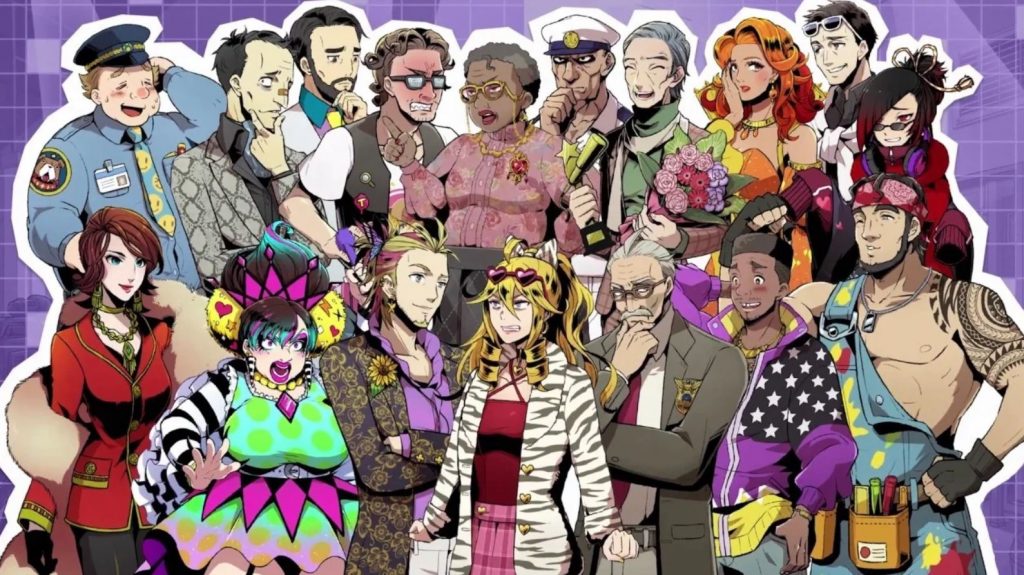
What’s the balance between ‘solving’ these puzzles and progressing the narrative forward? If I don’t solve a puzzle, am I unable to progress?
Murder by Numbers is equal parts detective visual novel and pixel puzzle game, so both sections are integral to the core loop of the game. Solving the puzzles gives you pieces of evidence, and using those pieces of evidence in interrogations with characters is key to unlocking the next part of the story – and in turn new puzzles.
So, while you do need to solve the puzzles to progress, we’ve implemented features to make sure that players don’t get stuck. When solving the pixel puzzles, we have varying degrees of assistance available – you can, for example, get hints about where valid moves can be made, have errors automatically corrected, and – if you get completely stuck – have a couple of random squares filled in for you, which will give you enough to get going again.
Making sure that this is an approachable and non-frustrating game was a big priority for me, so these assistive features can be used as much or as little as you like. It’s up to you to set how difficult you want things to be, by choosing how much help you want to get! Playing the cases without these assists will raise your detective rank and in turn unlock more bonus puzzles, so even if you use the assistance a lot when starting out, there’s good reason to go back and play it again once you’re more comfortable with the way the puzzles work.
Are there different endings and if not, why?
There is only one ending in Murder by Numbers. Once we settled on the setting and started developing the story, it became clear that the story that we wanted to tell – the story of SCOUT’s past and Honor’s future, and the events that caused all of that to change – just didn’t suit the concept of multiple endings.
Personally, I don’t really enjoy games that claim to have multiple endings but only have one ‘true’ or ‘good’ ending, because it’s very clear that only one of them is really valid. Interactive narrative really needs to built around that idea from the start, rather than bolted on afterwards – otherwise the choices the players have won’t end up having any meaning.
However, my hope is that this concept that we’re introducing – embedding pixel puzzles into a wider narrative and game – is something we can expand upon in the future. It depends on whether the game does well or not, of course, but I’ve always felt that Murder by Numbers is just one expression of that concept – and so if we got the chance to do a similar game in the future, expressly creating one based around interactive narrative would definitely be an interesting avenue we’d love to explore!
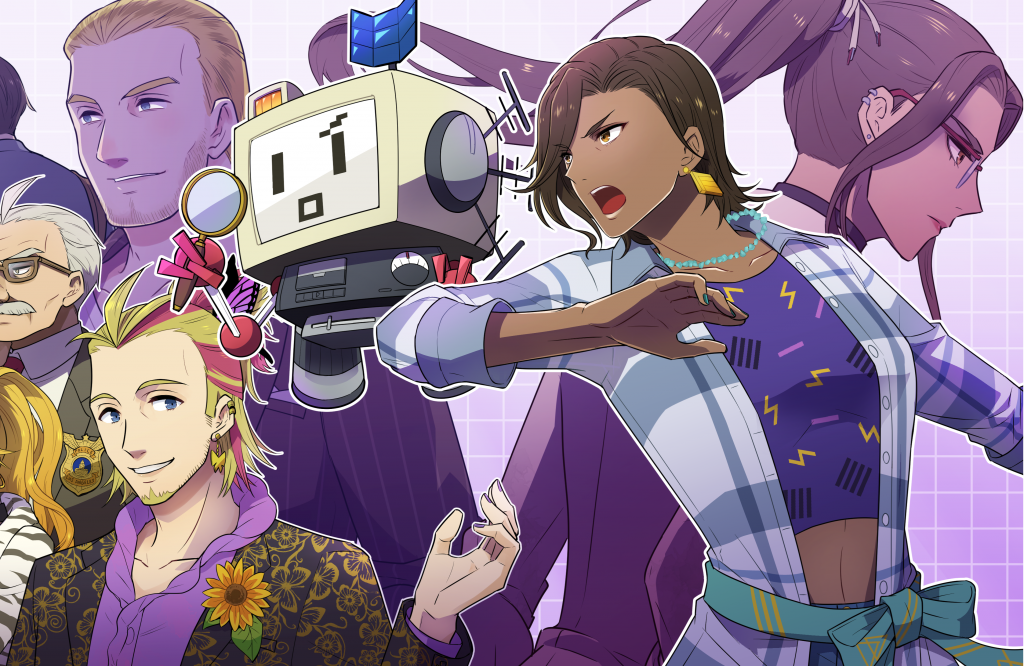
Will I be able to interact with other characters and build friendships, or is there not much choice in that regard?
Before we had the 90s Hollywood setting, I had a slightly more Beverly Hills 90210-meets-Veronica Mars setting in my head which would have suited this really well, but for various reasons that didn’t work out, and we abandoned it. I really like those mechanics personally and would love to make a dating game sometime!
So we considered it but, for where we ended up, it didn’t really feel like it suited the concept and I really think it would have felt a bit disconnected from the main experience if we had tried to integrate it.
Because this is our first attempt at this new genre mix, we wanted to really boil down the concept to its fundamentals and focus on that. However, again, if we got a chance to do another game in this vein then this is definitely something I’d want to play around with. Romance by Numbers, maybe?! *laughs*
If you could describe Murder by Numbers in three words, what would they be?
Camp, upbeat, and FUN!





